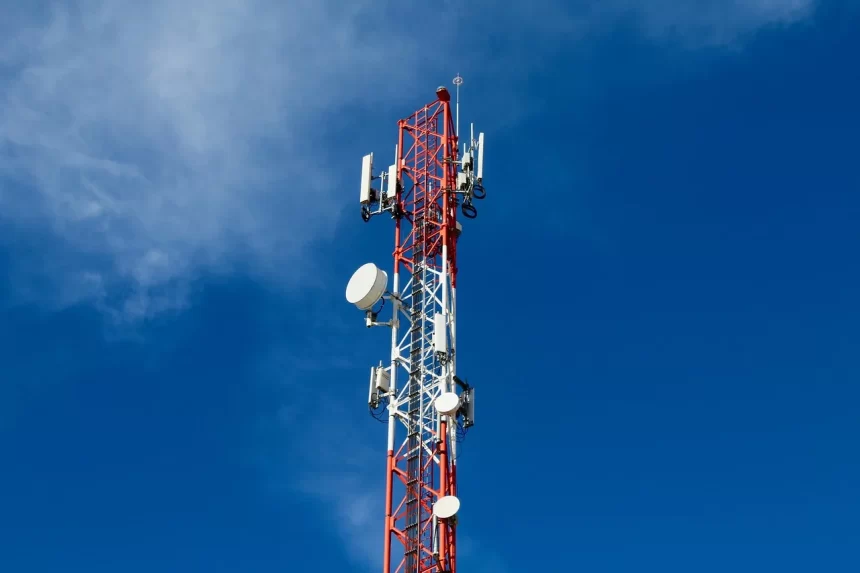The telecom industry, moving into 2021, has changed and will continue to grow. Telecoms are undergoing a digital revolution of both technologies that power the industry and direct how they communicate with customers. There is an acceleration of IoT and 5G technologies in the telecom industry. The COVID-19 pandemic has intensified the ongoing digital revolution, generating the need for customer-focused services and greater productivity. Industry structural shifts are based on offering new value and ensuring that communication and content services become digital. In this article, we will discuss about few trends reshaping the telecom industry in 2021.
Listed below are a few trends that will transform the telecom industry in 2021:
- Trend 1: 5G Network
As people become more dependent on mobile devices, the efficacy of wireless networks is becoming more critical. This is why 5G has been invested in and planned for by so many telecom companies. The fastest data transmission out there while providing high speed and low latency is supported by 5G networks. In healthcare, education, and transportation environments, 5G is already being used. Telecommunications will create innovative ways to carry 5G to the masses in 2021, providing the public with the most effective network.
- Trend 2: Artificial Intelligence
Artificial intelligence is well on the path to being one of the most sought-after technical resources. Data can be processed and analyzed in large quantities with AI software to make the service more productive and increase profit. There are many ways that the telecom industry in 2021 can be helped and optimized by artificial intelligence. In predictive maintenance, network maintenance, client support, and security, AI can enhance digital transformation.
- Trend 3: Internet of Things
The Internet of Things is pushing change in two ways in the telecoms industry. First, it increases the need for fast and stable connectivity as Internet-connected devices become more prevalent. Secondly, IoT makes it possible for telecom suppliers to track the different communications bases remotely. IoT helps providers of services to provide more excellent means of communication between devices and individuals. The highest level of efficiency, smooth business processes, and increased revenue are guaranteed by using the IoT. In 2021, providers will continue to explore new ways of using the Internet of Things in numerous sectors, including energy, technology, and healthcare.
- Trend 4: Robotic Process Automation
Robotic Process Automation is used for routine tasks and procedures. It allows ease and agility for report creation, price monitoring, back-office tasks, and customer behavior. Employees may concentrate on critical functions with RPA solutions that require their attention while leaving rote assignments to automated technologies.
- Trend 5: Big Data
Because of the IoT, businesses can operate on technological devices with immense quantities of data. This means they will need to monitor this data in 2021, move it from device to device, and securely support it. For telecommunications companies and their clients, the development of methods to manage this data is becoming an urgent activity.
- Trend 6: Cloud Computing
Cloud migration is taking place in droves, as almost every company is becoming aware of cloud-based services’ advantages. It has happened mainly because of the rise in remote work due to the COVID-19 pandemic. These advantages include less need for computer resources, simplified processes, and organization and lower costs. Telecom companies should invest in infrastructure to provide more cloud-based applications and to sustain them.
- Trend 7: Cyber Security
One of the essential elements of the telecommunications industry is cybersecurity. This is because hackers can easily commit cybercrimes, stealing confidential private data from corporations and their customers. Telecom companies should expect their clients to question how they keep their data and networks safer as breaches become more frequent. Expect businesses to make more critical investments to secure their assets, track threats, prevent attacks, and recover if the unthinkable happens.
- Trend 8: OpenRAN Architecture
The Open Radio Access Network (OpenRAN) architecture helps network operators to build and deploy 4G and 5G networks by combining vendor-neutral software and hardware components. The new-generation technology was introduced in 2020 by leading telecom companies to drive network growth and reduce network costs. OpenRAN provides an incentive for telecom operators to get software and hardware parts from several manufacturers of equipment. OpenRAN will transform the telecom industry in 2021 by becoming the new normal.
- Trend 9: Smart Cities
Besides increasing IoT, the mass-scale introduction of 5G would promote smart cities’ development by many policymakers and city leaders. To manage services, assets, and resources effectively, smart cities will rely on telecommunications networks to gain actionable insights from real-time data. To meet the needs of smart cities, telecommunications operators must serve as smart connectivity providers. But in 2021, they must proactively tackle a new set of challenges to play a vital role in smart cities’ growth.
Conclusion
Disruptive innovations such as 5G and mobile edge computing would disrupt the telecom industry in 2021. To facilitate 5G networks’ commercial deployment, telecommunications companies must extend and upgrade their network infrastructure. To stay viable and relevant in the post-pandemic environment, they must adapt existing business models and launch new solutions.










